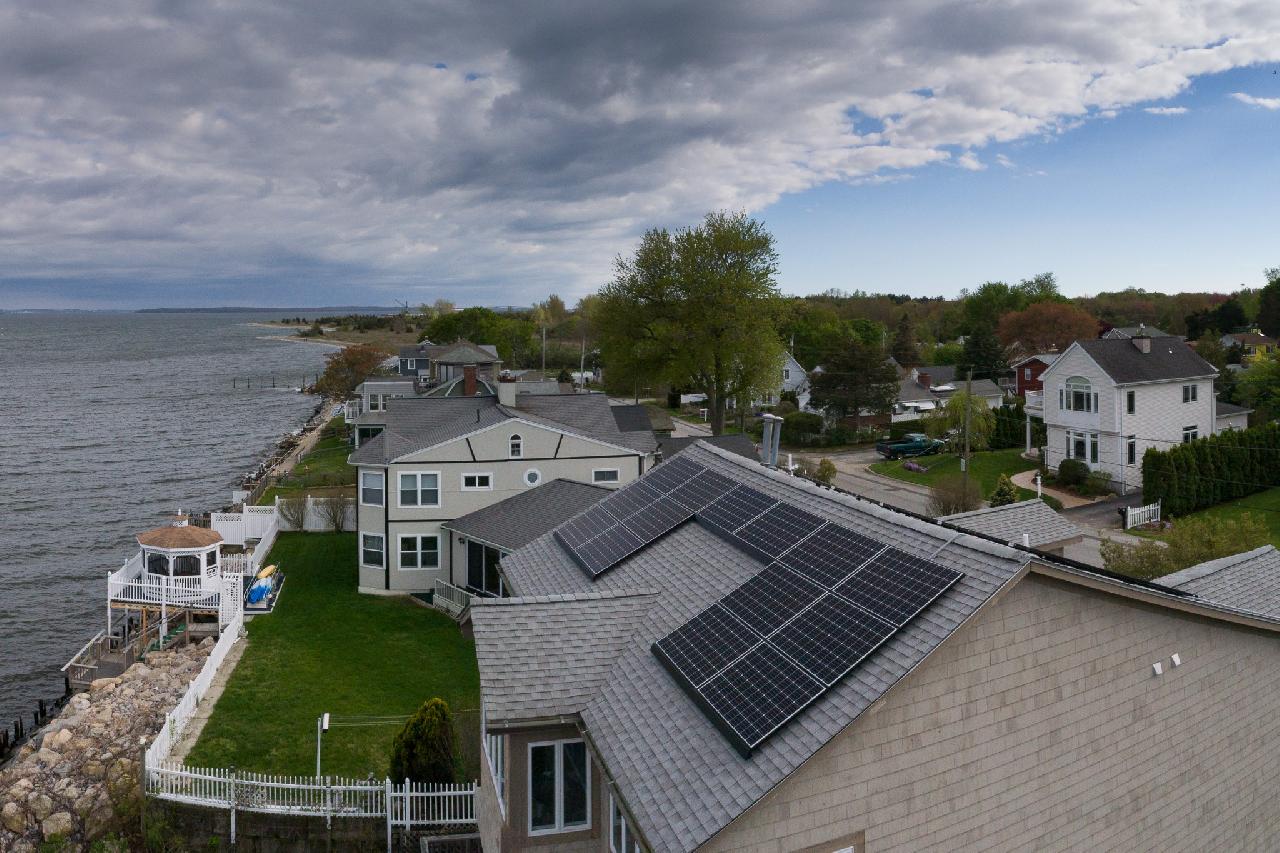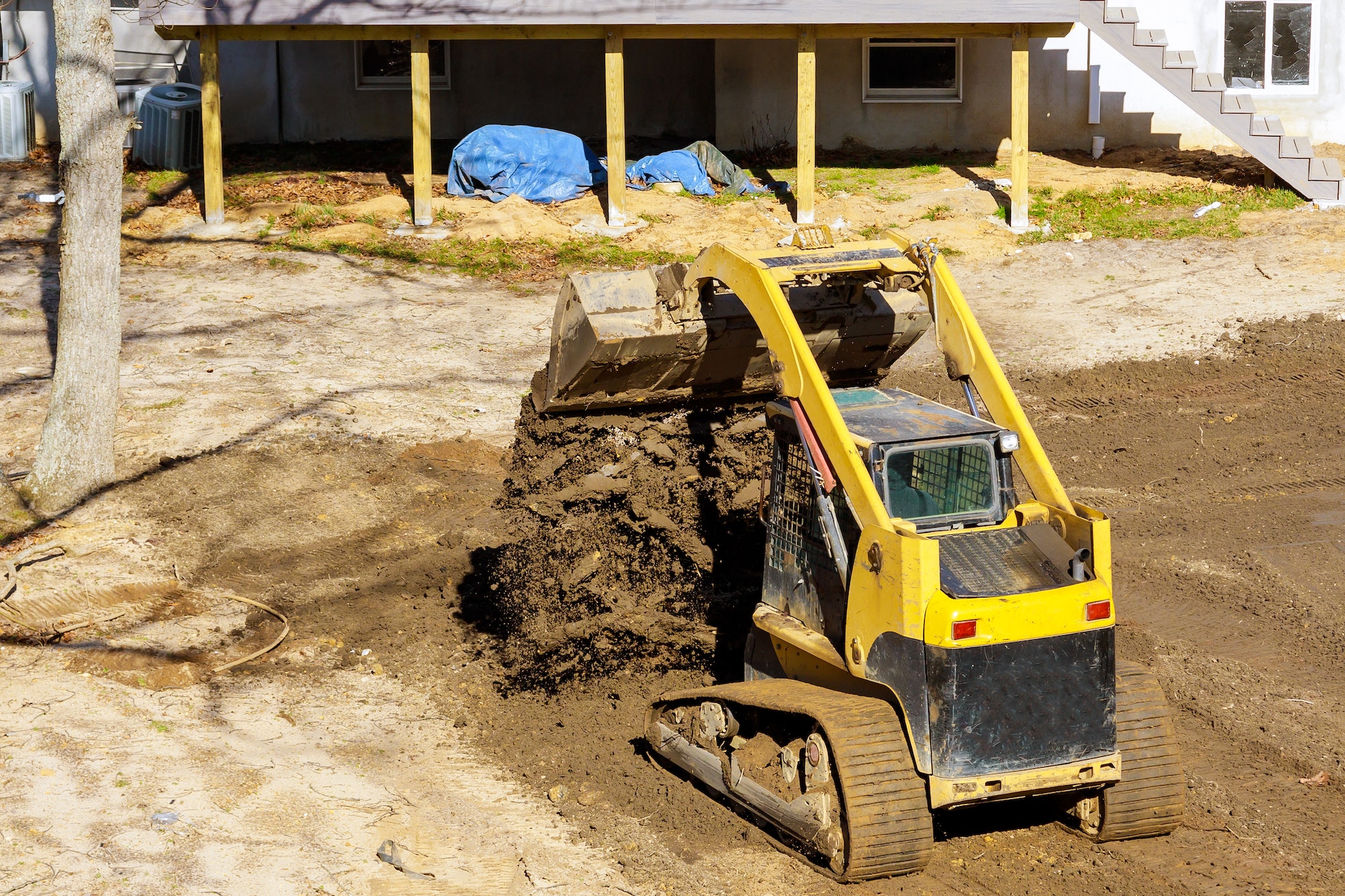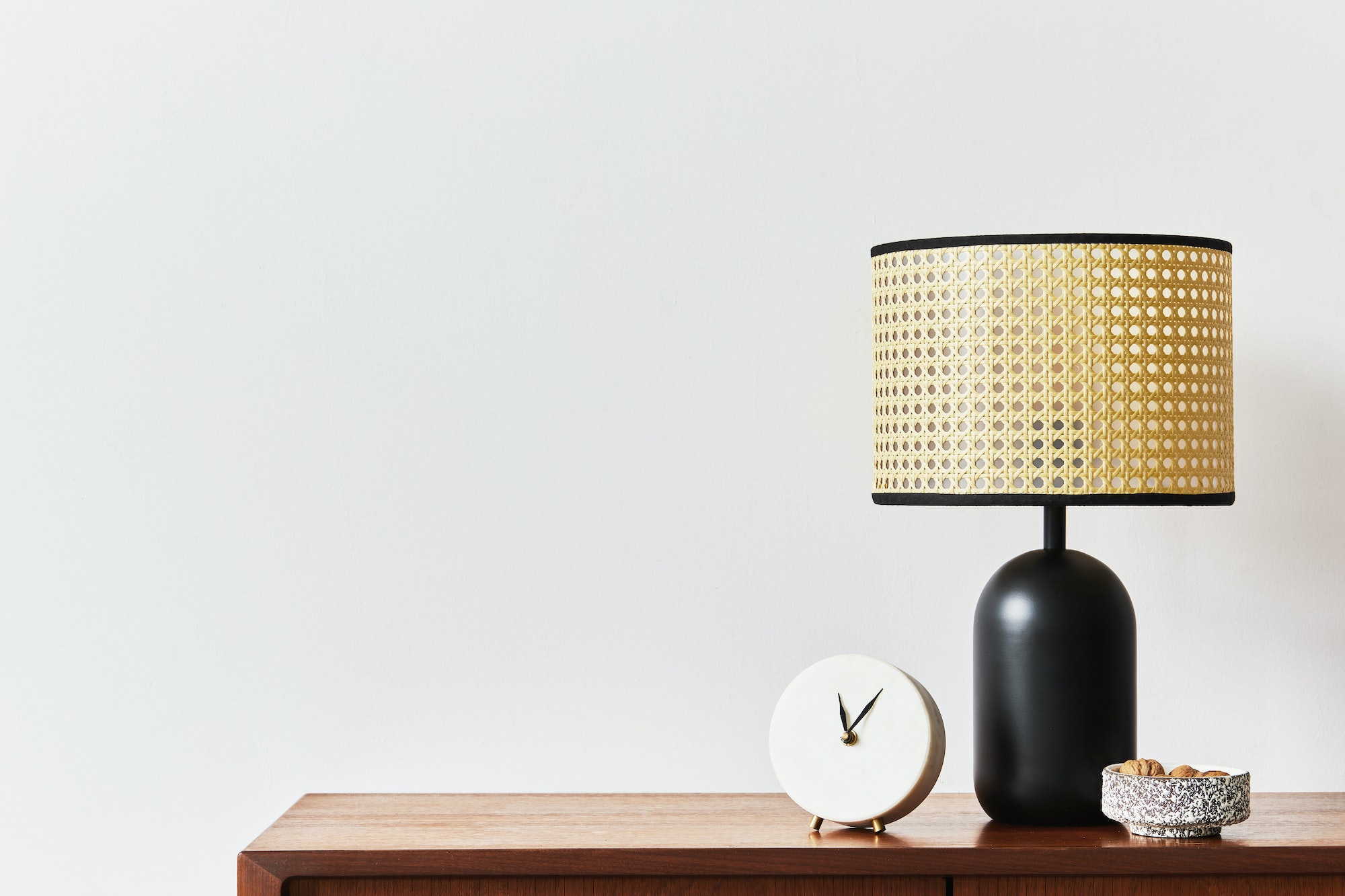While you don’t have any control over what other people are doing out in the world, what you can control is how you choose to interact with the world around you. Your small contributions can actually make a huge difference, especially when it comes to things like protecting or saving the environment.
If this is something that you’re wanting to get more involved with but aren’t sure where or how to start, here are three things that you can start doing at home to become more environmentally friendly.
Stop Using Paper Towels And Napkins
To have an environmentally friendly home, you should try to avoid single-use items as much as possible.
One great place to start is with the paper products that you’re using. If you frequently are purchasing paper towels and paper napkins, Amanda Sims, a contributor to Architectural Digest, shares that switching to cloth towels and cloth napkins can have you saving a lot of paper usage. Not only this, but if you invest in quality cloths that you can continue to wash and reuse, you could save a lot of money over making the consumable purchases of paper towels and paper napkins multiple times each month.
Install A Bidet In Your Bathroom
Another room where you likely use a lot of paper products is your bathroom. And while many people might not think that there’s really an alternative to toilet paper, there actually is a greener and cleaner option that you might want to consider.
According to Michelle Yan Huang, a contributor to Business Insider, bidets save both water and paper compared to someone who only uses toilet paper in the bathroom. And since you can often get cleaner by using the water of a bidet, you might start to wonder why you didn’t make this switch earlier once you finally decide to have a bidet installed in your bathroom.
Consider Baths Rather Than Long Showers
With water being such a scarce resource, it’s vital that we all use the water we have with care.
For most people, the majority of the water they use is in the bath or the shower. So to help you decide which option will help you conserve more water, Tassia Agatowski, a contributor to Medium.com, recommends you think about how long you plan to be in the shower. If you’d be showering for less than five minutes, then that shower will likely use less water than a bath. But if you’d be in the shower for longer than five minutes, you may want to go with a bath in order to save more water.
If you’re wanting to, slowly but surely, become more environmentally friendly in your home, consider using the tips mentioned above to help you accomplish this.
Discover more from Futurist Architecture
Subscribe to get the latest posts sent to your email.



